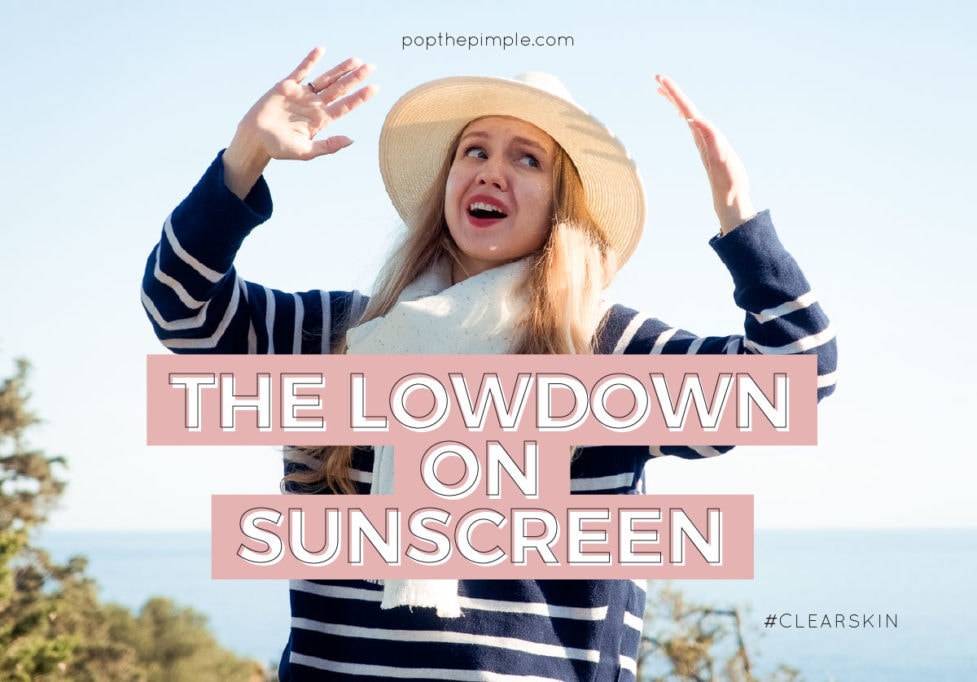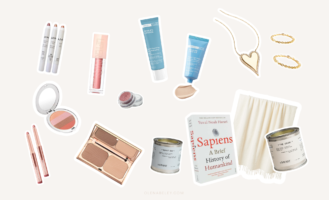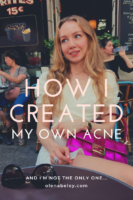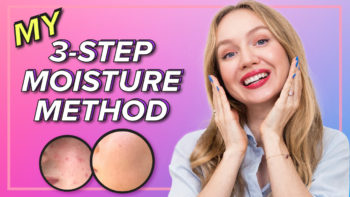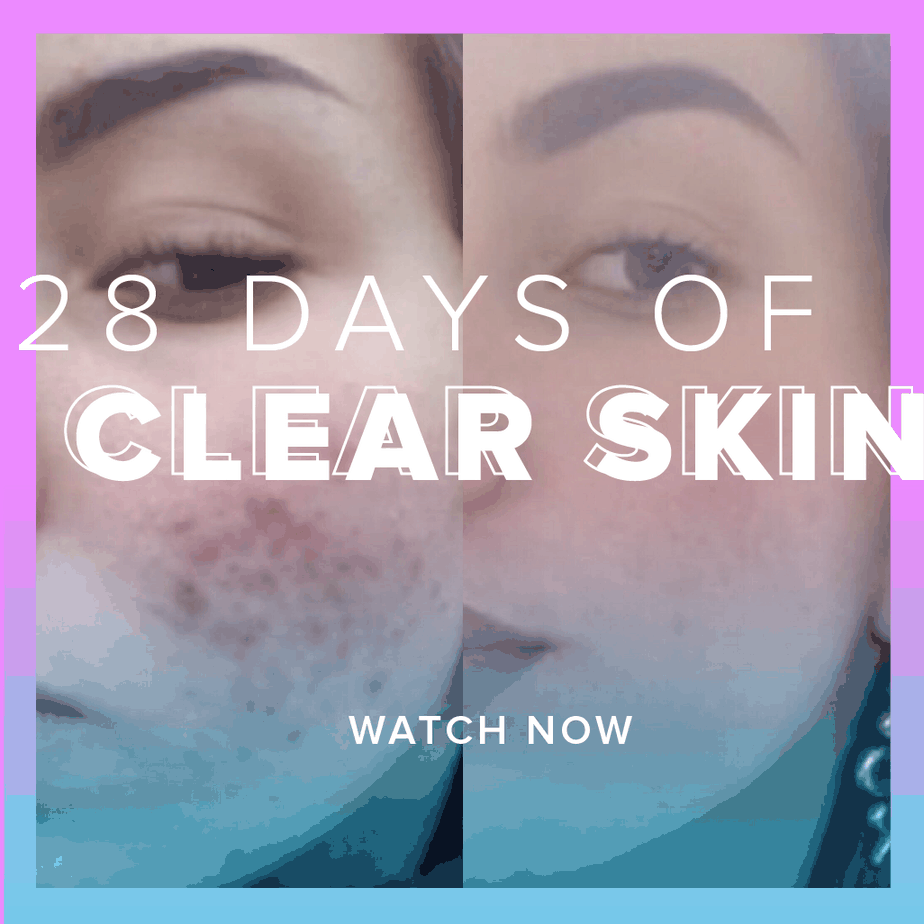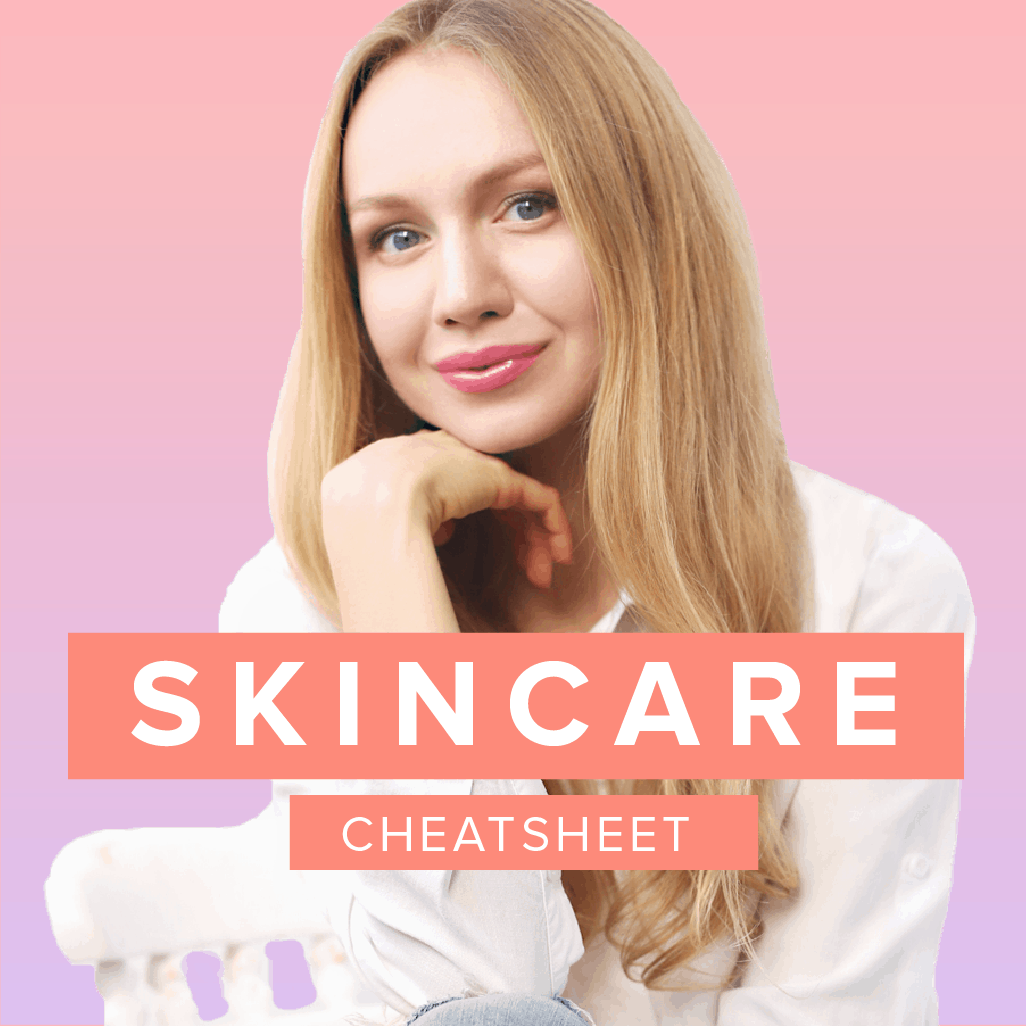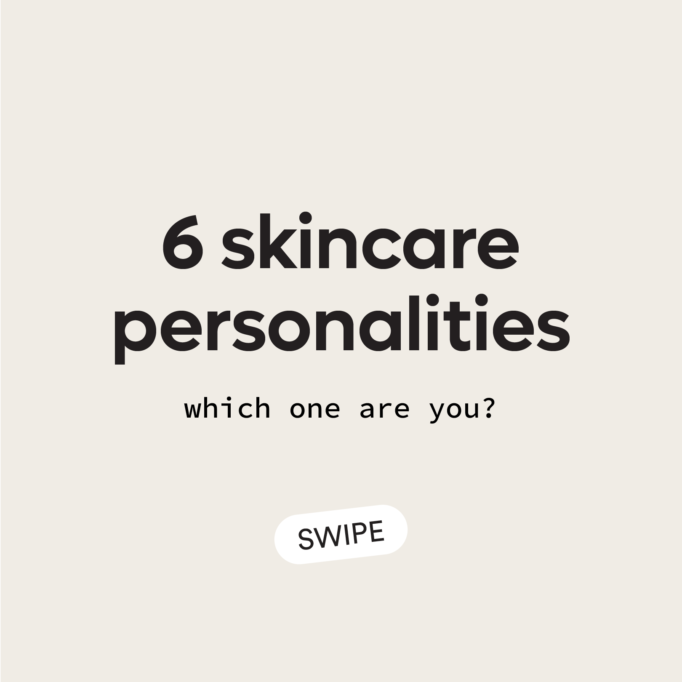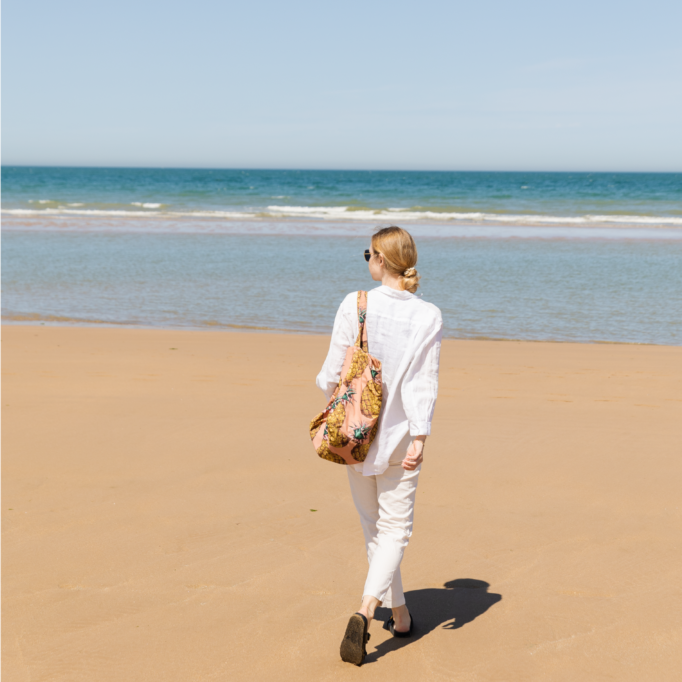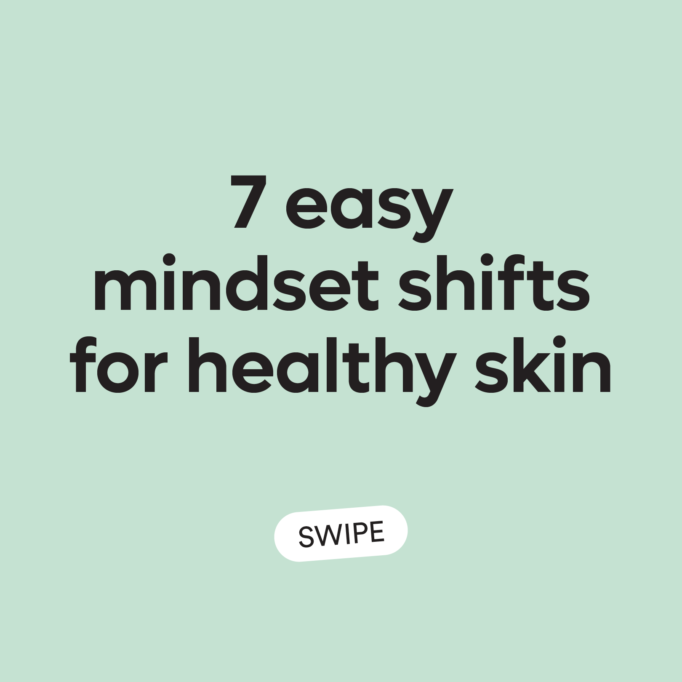You know how I keep going on about skin care? That’s because skin care is important — especially for acne-prone skin.
I call acne-prone skin action-prone skin. It needs you to do stuff to it for it to be its very best.
Don’t believe me? Try doing nothing to your skin for 1-3 months. I dare you.
But if you want heavy-duty skin-protecting, skin-clearing, skin-healing action…Than you need to consider sunscreen.
Why do you need sunscreen for acne-prone skin?
You’ve heard of UVB rays that tan/burn your skin, but there’s UVA rays that literally go into your dermis and jack up your collagen.
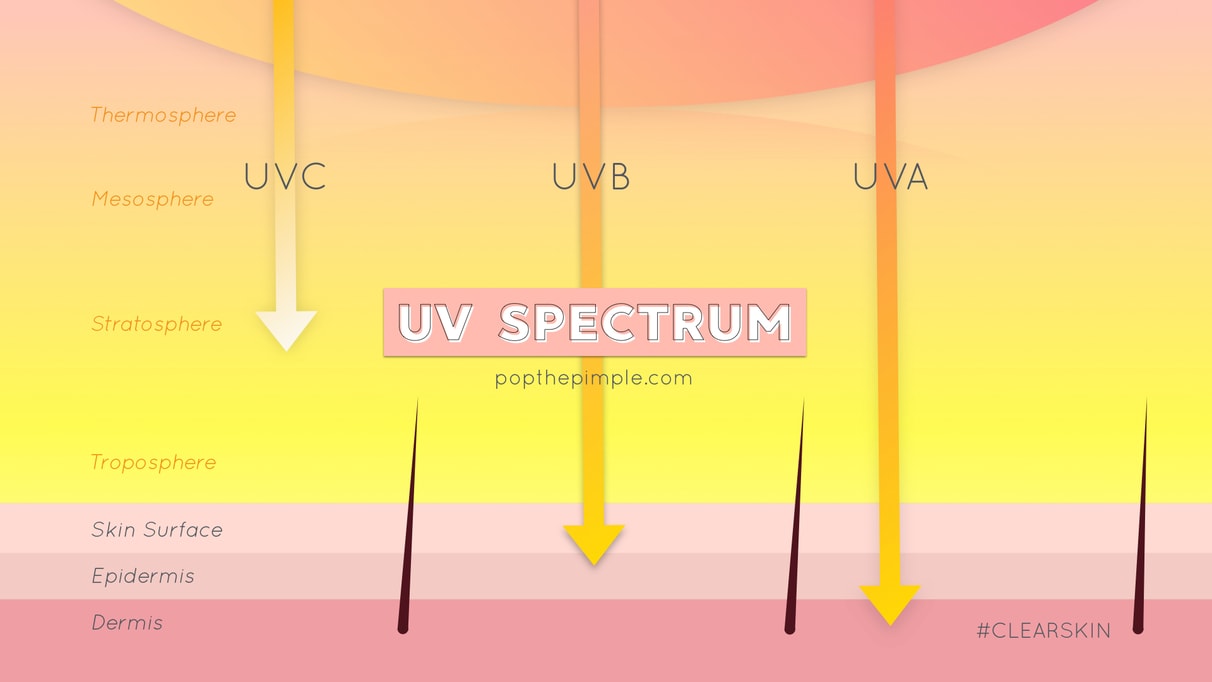
This makes the skin weaker, more saggy, less plump, less strong, and causes premature wrinkles.
Trust me when I say that prevention of wrinkles is easier than reversal, and the younger you start a diligent sunscreen habit, the better.
This affects acne in a big way too.
Imagine your pore as a cylinder. Sebum flows out of this cylinder, and if the cylinder is clean and open, the sebum flows freely without getting obstructed, which means less acne or no acne.
Now imagine a weak cylinder that’s uneven, crooked, with random bends here and there…Sebum can’t flow as freely through this cylinder and has more chances of getting stuck somewhere. This means more acne!
The second cylinder is an illustration of skin damaged by UVA rays, and these are the kinds of conditions you need to avoid in order to have bouncy, glowy, clear skin.
But isn’t sunscreen pore-clogging?
Some sunscreen can be pore-clogging, especially if the formula is quite thick. However, the reason sunscreen can actually clog your pores is because you aren’t removing it properly.
It’s the same with makeup — the reason why some of it is super pore-clogging is because you don’t remove it properly.
I’ve heard of people using just water to remove sunscreen to which I literally face palm…
Just because you can’t see sunscreen on your face, especially at the end of the day, does not mean that it isn’t there.
It’s incredibly important to rinse thoroughly with a gentle cleanser — you can read more about proper cleansing here.
What about nano-particles?
Mineral sunscreens contain zinc oxide and titanium dioxide in nano form. This is because the sunscreen particles need to be small enough not to be seen, and large enough to actually protect you.
The way mineral sunscreen works is by physically blocking out the harmful rays, imagine monaural sunscreen like tiny umbrellas covering your face.
The Environmental working group has deemed nano-particles to be safe, so don’t worry you don’t absorb them through the skin.
The most likely way to absorb sunscreen into the body is by ingesting it through the mouth because of spray or powder sunscreen. For this reason I stick to fluid and creamy formulas.
Is chemical sunscreen good for you?
Chemical sunscreen on the other hand doesn’t contain nano-particles, and unlike the two ingredients found in mineral sunscreen…Chemical sunscreen contains 30 or more synthetic sunscreens.
One ingredient in particular, oxybenzone, was shown to have all kinds of negative side effects and had given all chemical or synthetic sunscreen a bad name.
Some synthetic sunscreens are sensitising on super sensitive skin, and can cause allergic reactions, but personally I have not found this to be the case for me.
Chemical sunscreen works by absorbing the harmful rays and turning them into harmless heat. They do chemical magical stuff that goes a little above my head, and still protect the skin!
Which is better, mineral or chemical sunscreen?
I tend to lean towards synthetic sunscreens because they are better suited for thinner formulas, and also stand up better to water (where mineral sunscreen turns white).
I prefer thinner, lighter formulas because they are less likely to clog pores.
But truthfully, any sunscreen is a good sunscreen as long as you WEAR it!
Sun damage is no joke. Not wearing sunscreen is literally putting a pause button on healing, no matter how amazing the rest of your skin care routine is.
You might as well stop washing your face and stop applying actives or antioxidants, if you’re going to skip this one crucial step.
So experiment with sunscreen and choose one that rocks your boat.
What to look for in a good sunscreen?
Avoid oxybenzone, retinyl palmitate, synthetic fragrance, and oils in your sunscreen.
The place to start is oil-free, fragrant-free, non-comedogenic sunscreen in a water-resistant, fluid formula. I recommend Bioderma and Paula’s Choice because both company has a great selection of different sunscreens. Reviews are on their way!
Aim for SPF 30 broad-spectrum protection, including UVA protection.
Some makeup or moisturisers come with SPF 30, however they can come with UVB but not UVA protection…So read labels carefully and make sure you are getting that hyper important UVA protection.
Here’s a good sunscreen option for most skin types.
Pro tip: wear sunscreen on your neck and hands because these are areas that most show sign of age later on in life.
Final Thoughts
The condition of my skin visibly worsened when I stopped wearing sunscreen for about 6 months of my life, whereas before I had put the pause button on aging.
When you wear sunscreen, your skin gets stronger, and healing is sped up. This is exactly what you need if you want to heal existing acne.
I wear it every single day, whether I leave the house or not — because fun fact: UVA rays get through windows! So sunglasses and hats really don’t do anything.
There’s just no way around sunscreen if you want amazing skin, so get excited to start wearing it!
Love,
Olena
